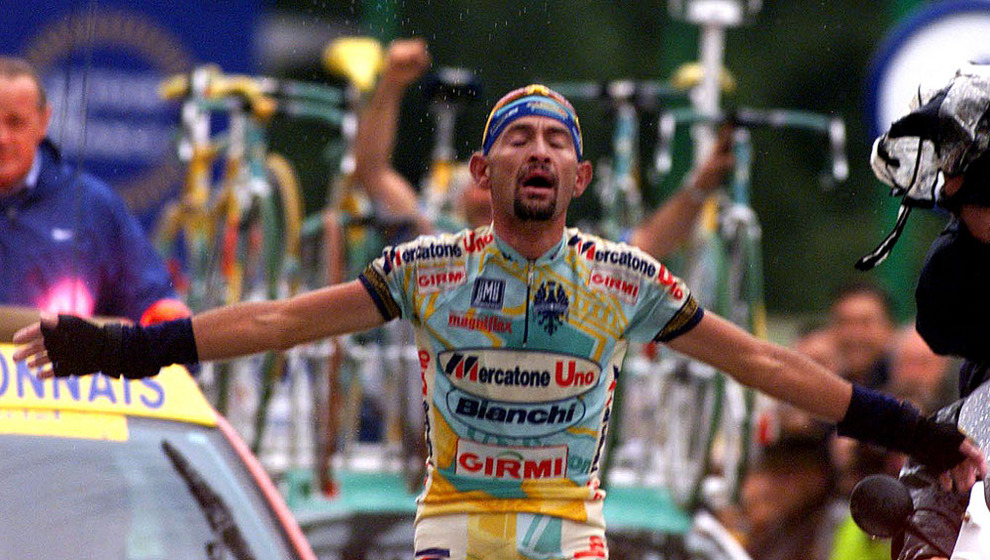International Association of Athletics (IAAF) published on April 26 a new regulation that will prohibit competing women in distances between 400 meters and a mile that have excess endogenous testosterone. This rule will will take effect on November 1 and it is justified by the fact that womens with these characteristics would have an advantage in the competition.
 The problem of this rule is not the cases of doping, but it is about women who have been born with these characteristics. This is the case of Caster Semenya, three times world champion in 800 meters, who have elevated levels of testosterone on his organism.
The problem of this rule is not the cases of doping, but it is about women who have been born with these characteristics. This is the case of Caster Semenya, three times world champion in 800 meters, who have elevated levels of testosterone on his organism.Because of this new rule, the athletes who have elevated levels of testosterone on his organism must undergo a medication that returns to normal levels. An athlete should take continuous medication for six months with hormonal contraceptive treatment if she has more than 5 nanomoles of testosterone in her blood.
Sebastian Coe, IAAF president's, defends the new norm with this affirmation: "As an International Federation of our sport we have to guarantee equal conditions for athletes, as in other sports, we choose to have a male and a female classification for competitions, we must be clear about the criteria to compete in each category. and data show that testosterone, produced naturally or artificially inserted in the body provides an important advantage in the performance of female athletes.We are not talking about cheating or not, but to level the conditions for a competition fair in athletics, where success is due to talent, dedication and hard work instead of other factors. "
Although this new standard may have certain ethical connotations, the rule will come into force on November 1, and athletes with these characteristics who want to continue competing, must undergo medical treatment to lower these levels of testosterone.
Then we leave you with the complete regulation published by the IAAF.
Bibliography:
https://as.com/masdeporte/2018/04/25/atletismo/1524676898_950249.html
https://as.com/opinion/2018/04/27/blogs/1524826088_286033.html
https://www.iaaf.org/











